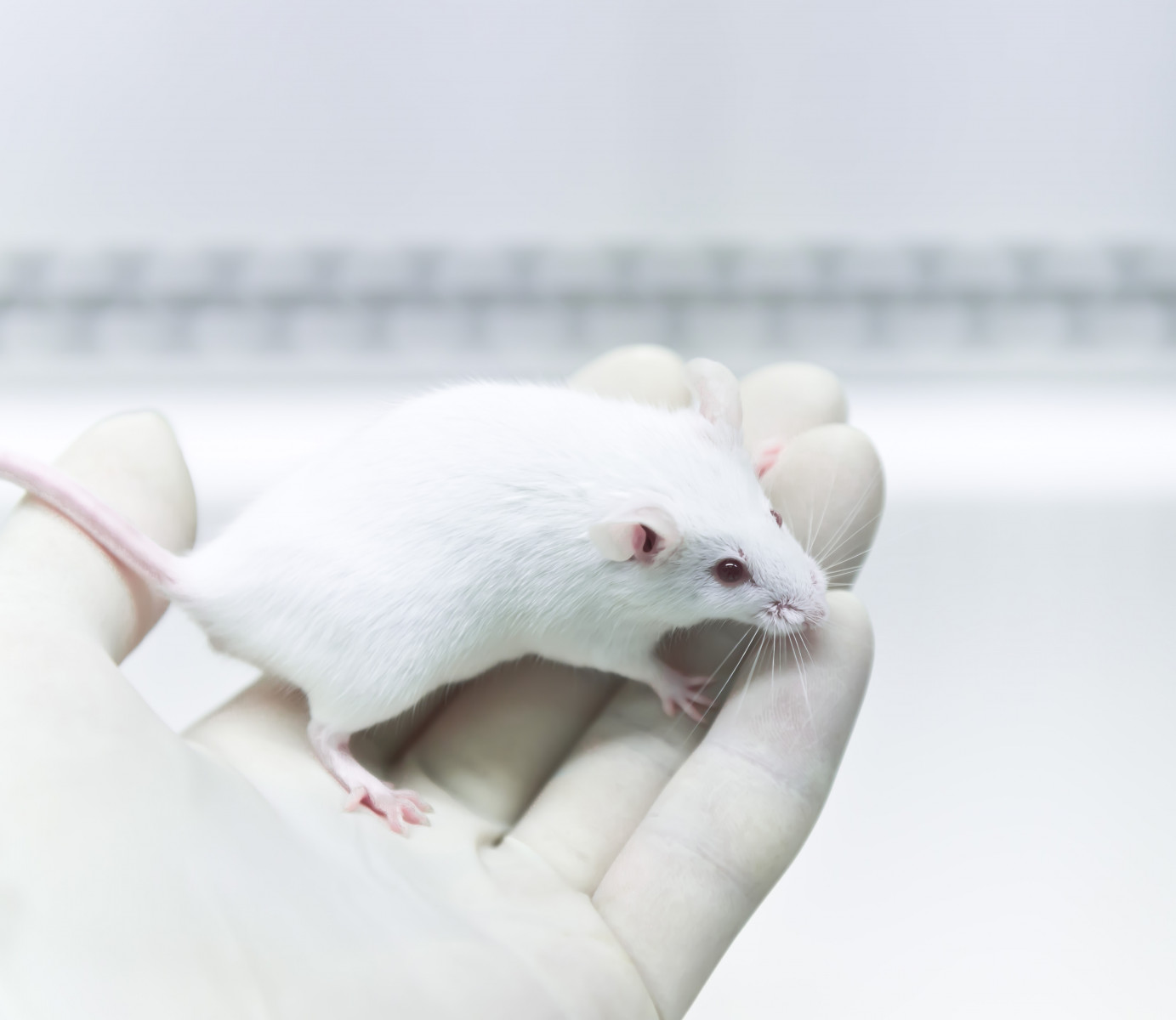Mouse Study Finds Genetic Identity of Embryonic Lung Progenitor Cells

The genetic programming that causes embryonic cells to differentiate into lung cells was described for the first time in a study in mice. Researchers say that understanding the genetic changes necessary for lung cell development could allow for more effective use of stem cells in research and treatment.
The study, “The in vivo genetic program of murine primordial lung epithelial progenitors,” was published in the journal Nature Communications.
Stem cells are cells that are able to differentiate into various types of more specialized cells. During embryonic development, this plasticity facilitates the formation of all the different types of specialized cells that are required for tissues in the body.
Stem cells also have applications in research due to their properties. For instance, if given the right biochemical signals, stem cells in a dish can be induced to differentiate into lung cells, which can then be studied. Some researchers have suggested that stem cells could also be used in therapies where the lung is affected, such as in cystic fibrosis (CF) and chronic obstructive pulmonary disease (COPD).
However, to be able to do this, detailed knowledge about the processes required for such differentiation is needed.
“One of the remaining obstacles in the clinical use of PSCs [stem cells] for the treatment of lung disease is the partial understanding of the sequence of cell-fate decisions that lead from PSC-derived [cells] to functional, clinically relevant lung cell populations,” the researchers wrote.
Thus, in the new study, a team led by researchers at the Center for Regenerative Medicine of Boston University and Boston Medical Center focused on the population of embryonic cells called the lung epithelial primordial progenitor population, which they defined as the first cells “that are specified to a lung epithelial cell fate, but do not yet express markers of lung epithelial differentiation.”
These cells are identifiable by the expression of the gene NKX2-1, a regulator of development that is also activated in cells that eventually become the thyroid and brain. In mice, expression of this gene in lung progenitor cells begins at day 9 of embryonic development.
The researchers genetically engineered mice so that the cells that express NKX2-1 would also express a fluorescent protein, allowing the scientists to isolate these cells easily. They then analyzed the cells’ transcriptome — that is, what genes are activated in the cell.
Results identified hundreds of genes that were differently expressed between lung, thyroid, and brain progenitor cells, offering insight into the early stages that differentiate these NKX2-1-populations.
“Lung primordial progenitors appear to possess a genetic program quite distinct from both thyroid and forebrain progenitor populations,” the researchers wrote.
By analyzing these gene expression profiles, the team identified molecular pathways that were specifically important for lung development. “Wnt, Hedgehog, Tgf-β superfamily, and Hippo pathways were upregulated exclusively in lung primordial progenitors,” they wrote.
Subsequent experiments confirmed the importance of these pathways. For instance, blocking the Wnt or Hedgehog pathways during development resulted in a lack of proper lung formation.
Then the researchers compared the genetic programs identified in these progenitor cells to the genetic programs in lung cells that were created from stem cells. Results showed that although stem cell-derived lung cells expressed lung cell markers as expected, there were significant differences in their genetic programming.
The team believes that mechanical cues (or a lack thereof) might account for some of these differences.
Indeed, when the researchers grew stem cell-derived lung cells in a 3D cell culture model to more closely mimic the mechanical cues placed on these cells during development in the body, their genetic profile was more similar to those of the naturally occurring progenitor cells.
Although more work needs to be done to fully optimize these protocols, the study highlights how understanding the development of different cell types in the embryo can facilitate better protocols for creating them in the lab.
“Our findings define in great detail a rare, transient cell, namely the primordial lung progenitor. The knowledge generated from this study will be of great value in the derivation of human primordial lung progenitors in culture,” Laertis Ikonomou, PhD, an assistant professor at Boston University School of Medicine, and one of the study’s lead authors, said in a press release.
“We hope that our findings will eventually lead to more protocols for transplantable lung epithelial cells for treatment of such diseases [CF, COPD, and lung interstitial disease], and for drug development,” Ikonomou added.







